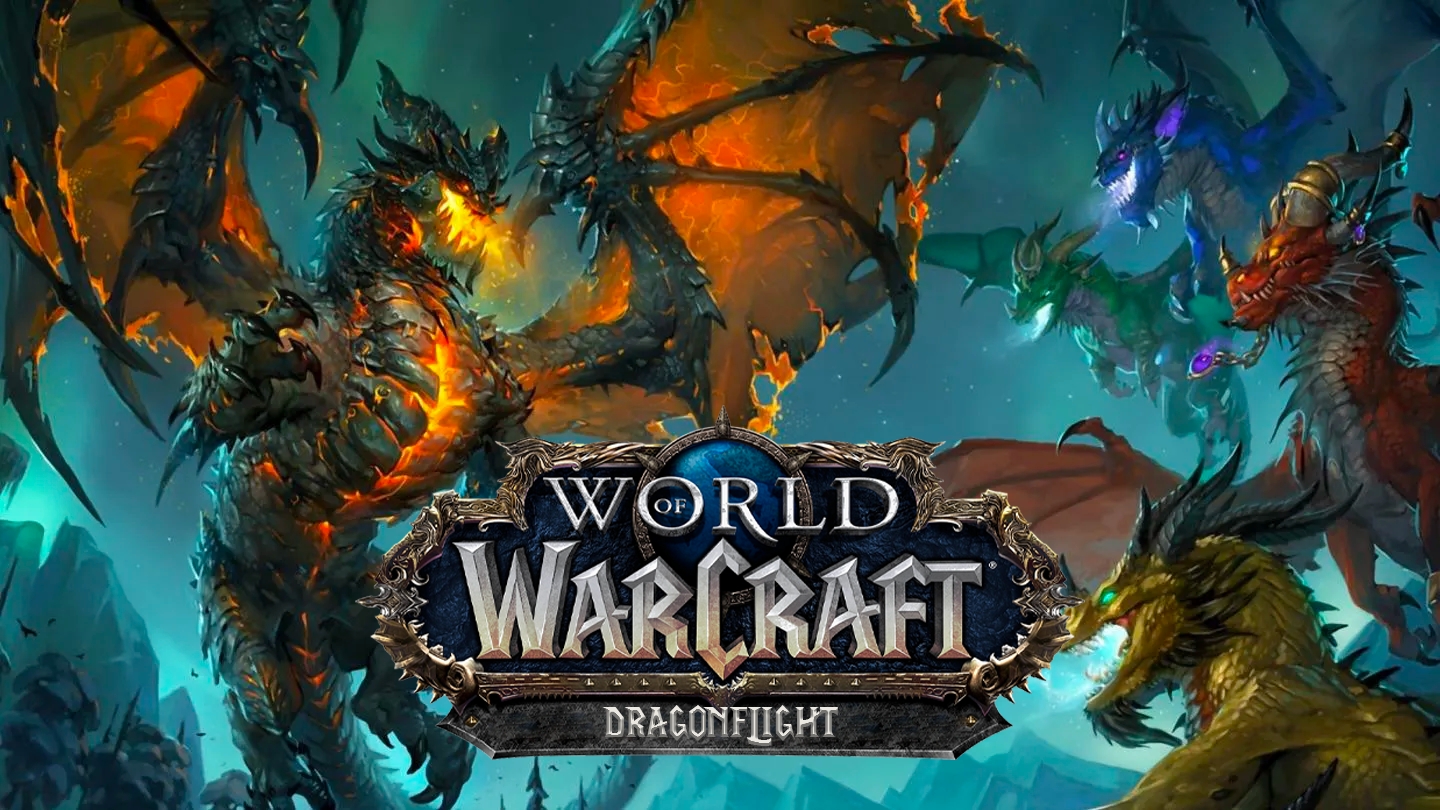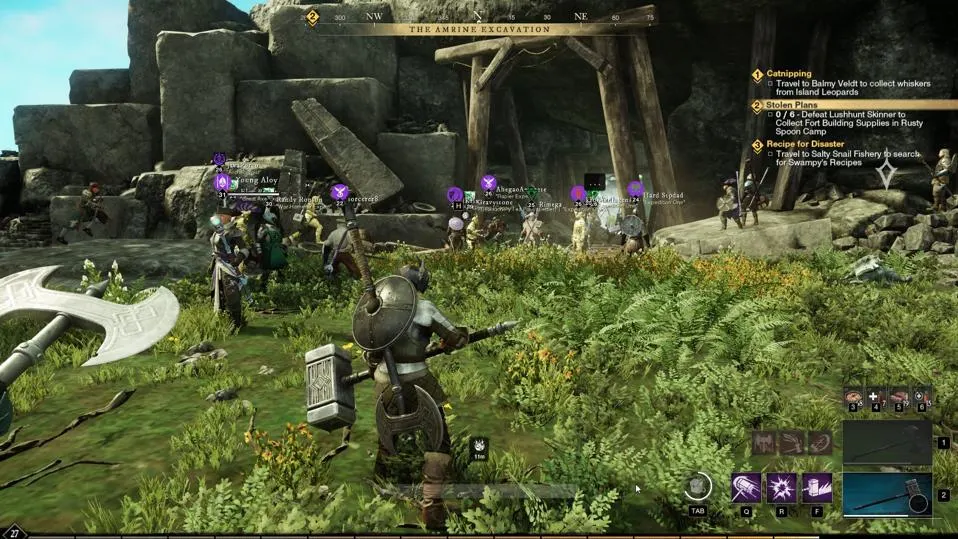Introduction
“The Legend of Zelda: Breath of the Wild” is one of the most celebrated video games of the modern era. Released by Nintendo in 2017 for the Nintendo Switch and Wii U, this open-world adventure game redefined what players could expect from the genre. Breath of the Wild took the beloved Zelda series in a bold new direction, offering an expansive, living world where exploration and player freedom are at the forefront.
Exploring the Open World of Breath of the Wild
One of the most remarkable features of Breath of the Wild is its vast open world. Hyrule, the game’s setting, is a sprawling landscape filled with diverse environments, from lush forests to arid deserts, towering mountains, and mysterious ruins. The world is meticulously designed, encouraging players to explore every nook and cranny.
The open world is filled with secrets, hidden treasures, and dynamic weather systems that affect gameplay. Whether you’re climbing a mountain in a thunderstorm or gliding through the air from a high peak, the game’s environment feels alive and constantly changing. The freedom to explore is a central element, with players able to approach challenges and objectives in a variety of ways.
Gameplay Mechanics
Breath of the Wild introduces several innovative gameplay mechanics that set it apart from previous Zelda titles. One of the most notable is the stamina system, which governs actions such as climbing, swimming, and gliding. Managing your stamina adds a strategic layer to exploration, forcing players to plan their routes and consider the terrain.
Another key mechanic is the cooking and crafting system. Players can gather ingredients from the environment, such as fruits, vegetables, and meats, and cook them into dishes that restore health, boost stats, or provide temporary buffs. Crafting elixirs and upgrading equipment also play a significant role in surviving the game’s challenges.
The game’s physics engine allows for creative problem-solving. Players can manipulate objects, create fires, and use the environment to their advantage in combat and puzzles. This open-ended approach to gameplay encourages experimentation and rewards ingenuity.
Story and Characters
The story of Breath of the Wild is a tale of rediscovery and redemption. Link, the hero, awakens from a hundred-year slumber to find Hyrule in ruins, with the malevolent force known as Calamity Ganon threatening to destroy the kingdom. Guided by the mysterious voice of Princess Zelda, Link embarks on a journey to defeat Ganon and restore peace to Hyrule.
The narrative is delivered through a mix of flashbacks, environmental storytelling, and interactions with the game’s diverse cast of characters. Each character, from the enigmatic King of Hyrule to the quirky inhabitants of various villages, adds depth to the world and enriches the player’s understanding of Hyrule’s past and present.
While the main story provides a clear objective, much of the game’s storytelling is emergent, with players piecing together the history of the world through exploration and discovery. This approach allows for a more personalized narrative experience, where each player’s journey feels unique.
Visuals and Art Direction
Breath of the Wild is a visual masterpiece, blending cel-shaded graphics with a vibrant color palette that brings the world of Hyrule to life. The art direction is inspired by Japanese animation, with characters and environments that feel both timeless and fresh. The game’s visual style is not only aesthetically pleasing but also functional, with visual cues that guide the player’s exploration.
The attention to detail in the world design is evident in every aspect, from the way grass sways in the wind to the changing colors of the sky during sunrise and sunset. The landscapes are designed to draw the player’s eye, leading to new discoveries and encouraging curiosity.
The minimalist user interface ensures that the visuals remain the focus, with only essential information displayed on the screen. This design choice enhances the sense of immersion, allowing players to lose themselves in the world of Hyrule.
Combat and Weaponry
Combat in Breath of the Wild is dynamic and versatile, offering a variety of ways to engage enemies. Unlike previous Zelda games, weapons in Breath of the Wild degrade over time, forcing players to constantly seek out new weapons and adapt their combat strategies. This system adds a layer of resource management and encourages experimentation with different weapon types.
Link can use a wide array of weapons, including swords, spears, bows, and shields, each with its own strengths and weaknesses. The game also features elemental weapons that can exploit enemy weaknesses, adding a tactical element to combat.
The Sheikah Slate, a key item in the game, provides Link with several runes that offer unique abilities, such as creating bombs, freezing objects in time, or generating magnetic fields. These runes can be used creatively in both combat and puzzle-solving, further enhancing the game’s depth.
Music and Sound Design
The music in Breath of the Wild is a departure from the bombastic orchestral scores of previous Zelda games. Instead, the soundtrack is more subdued, with minimalist piano melodies and ambient sounds that complement the game’s atmosphere. The music dynamically changes based on the player’s actions, creating an emotional connection to the world and its events.
The sound design is equally impressive, with environmental sounds playing a crucial role in immersing players in the world. The rustling of leaves, the chirping of birds, and the distant roar of a dragon all contribute to the sense of being in a living, breathing world. The attention to audio detail is evident in every aspect of the game, from the clinking of armor to the crackling of a campfire.
Reviews and Reception
Upon its release, Breath of the Wild received universal acclaim from critics and players alike. The game was praised for its innovative gameplay, stunning visuals, and the sheer freedom it offers players. Many reviewers hailed it as a masterpiece and one of the greatest video games of all time.
Critics highlighted the game’s open-world design as a significant achievement, noting how it encourages exploration and rewards curiosity. The lack of hand-holding and the emphasis on player agency were also praised, with many appreciating the game’s ability to let players discover their own path.
The game’s reception among players was equally positive, with many praising its depth, replayability, and the sense of wonder it evokes. Breath of the Wild quickly became a must-have title for the Nintendo Switch, contributing to the console’s early success.
Replayability and Longevity
One of the key strengths of Breath of the Wild is its replayability. The game offers countless opportunities for exploration, with secrets and hidden areas scattered throughout Hyrule. Players can spend hundreds of hours discovering new locations, completing side quests, and experimenting with different gameplay styles.
The game’s non-linear structure allows for multiple playthroughs, each offering a different experience based on the choices the player makes. Whether focusing on combat, exploration, or puzzle-solving, Breath of the Wild caters to a wide range of playstyles.
The addition of downloadable content (DLC) further extends the game’s longevity, offering new challenges, story content, and items. The Master Trials and The Champions’ Ballad DLCs provide additional content for players looking to extend their adventure in Hyrule.
Conclusion
The Legend of Zelda: Breath of the Wild is a landmark achievement in game design, offering an unparalleled sense of freedom and exploration. Its innovative mechanics, stunning visuals, and engaging world have left an indelible mark on the gaming industry and set a new standard for open-world games. Whether you’re a long-time fan of the Zelda series or new to the franchise, Breath of the Wild is a must-play experience that continues to captivate players around the world.
Frequently Asked Questions :-
What platforms is Breath of the Wild available on?
The Legend of Zelda: Breath of the Wild is available on the Nintendo Switch and Wii U. It was one of the launch titles for the Nintendo Switch and played a significant role in the console’s success.
How does the weapon durability system work in Breath of the Wild?
In Breath of the Wild, weapons degrade and eventually break after a certain amount of use. This system encourages players to constantly seek out new weapons and adapt their strategies. While some players find the system adds a layer of challenge and realism, others may find it frustrating.
Can you explore the entire world of Hyrule from the beginning of the game?
Yes, Breath of the Wild allows players to explore the
entire world of Hyrule from the start. After completing the initial tutorial area, players are free to venture anywhere in the world, including the final boss area, although they may need to prepare and gather resources first.
Does Breath of the Wild have multiple endings?
Breath of the Wild has a primary ending and a true ending, which can be unlocked by completing all of the game’s main story quests and finding all of Link’s memories. The true ending provides additional story content and context for the game’s events.
Is Breath of the Wild connected to other Zelda games?
Breath of the Wild is part of The Legend of Zelda series, but it can be enjoyed as a standalone game. While it contains references to previous Zelda games, it does not require prior knowledge of the series to understand and enjoy the story.



